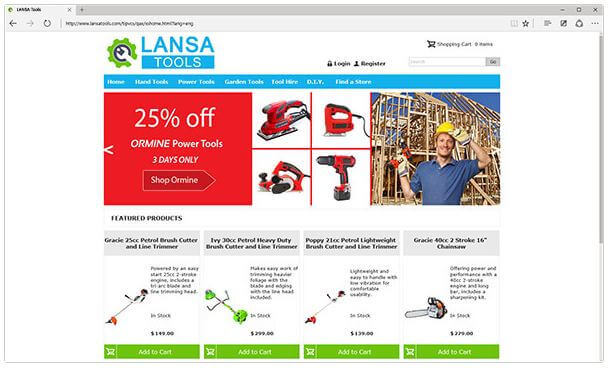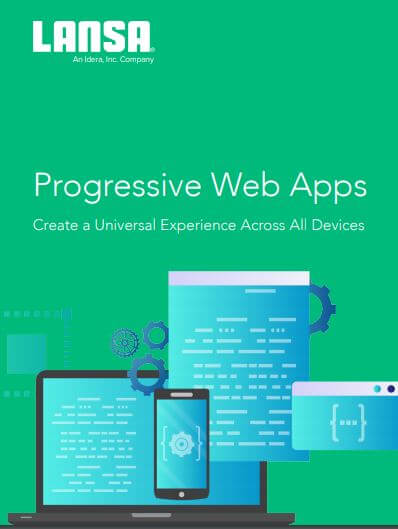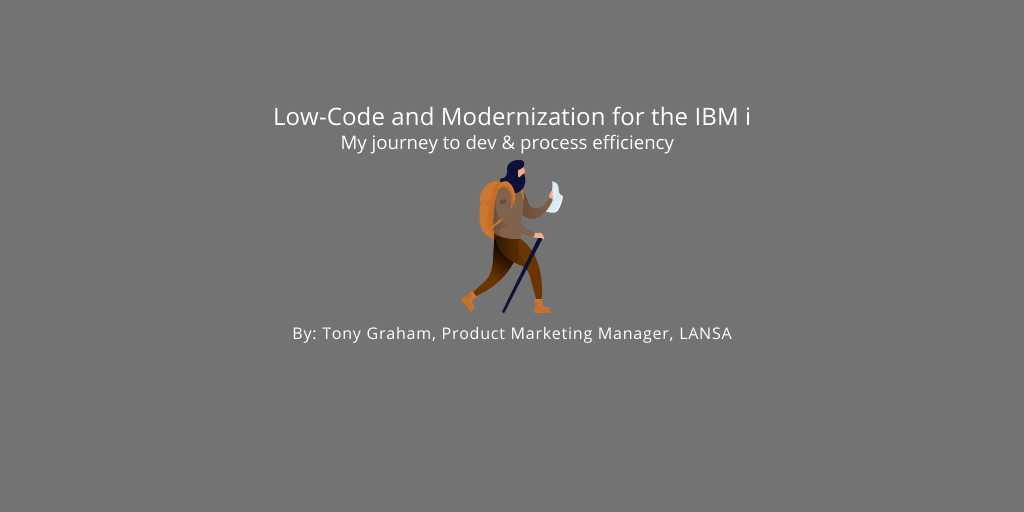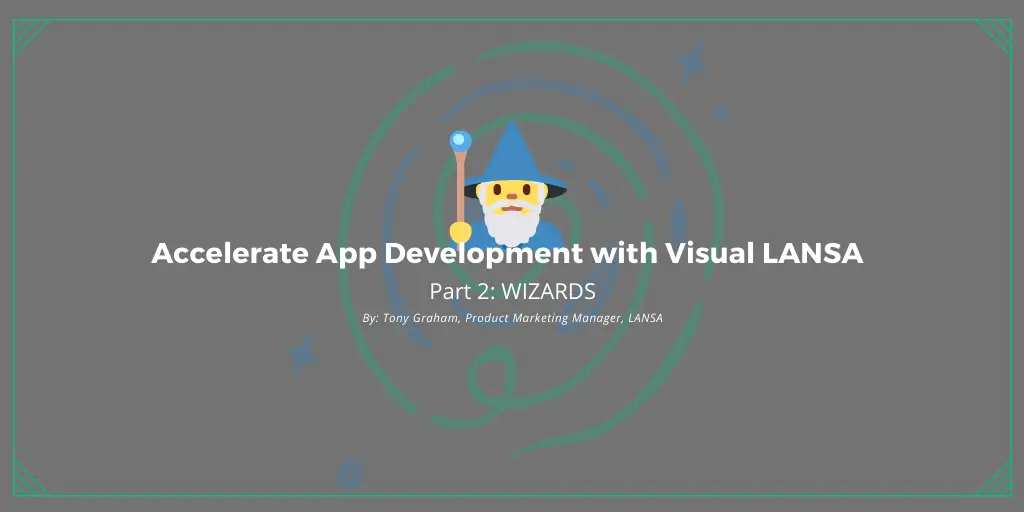The Rule of Three
It occurred to me some time ago that the creation of business software, once we get past the design and planning stage, boils down to three basic activities.
1 – We read and write data from and to a storage device.
2 – We manipulate the variables that contain the data.
3 – We construct some kind of user interface to show the data and let a user change it.
This gross simplification of course belies the fundamental complications that go hand-in-hand with any one of these activities. Yet the sad fact of the matter is that if I were to take a snapshot of any moment in my 25 years in the world of Information Technology, I would likely be found to be engaging in one of these three.
Boring?

“The more things change, the more they stay the same”
– Jean-Baptiste Alphonse Karr, January 1849.
My first IT manager used to regale us with tales of how they used to have to parse the records themselves as they didn’t have tables with columns, everything was done on punch cards, the mainframe was the size of a small three bedroom house, wasting bytes of memory was punishable by a flogging, and…you get the picture. But even then, back in the IT Jurassic period, the business application development rule of three still very much applied.
In fact, ever since a screen, keyboard and CPU joined forces, the business application development rule of three has applied.
For business, applications may need to be more accessible and require immense amounts of processing power, but behind all the glitz, glamour and technology, we’re still reading, writing, manipulating and presenting data.
So what has changed?
Way back when, we used languages like RPG, PL/1 and COBOL on the server. When Windows and client server applications came along, we adopted C/C++, Visual Basic or Delphi for the client. Now in the Internet age, it’s HTML, CSS, JavaScript, and any of a host of JavaScript libraries to construct the user interface, and of course, we still have to write the server side processing.
What’s changed is that applications that were once written in a single language and delivered simply via a zero deployment model to a dumb terminal were replaced by client server applications. These leveraged the power of the local device, but they needed developers to have multiple skillsets working on different platforms, and the applications still needed to be deployed.
Today, these applications are largely being replaced by browser based applications and apps for mobile devices. These may have a zero or simple deployment model, but developers are expected to be adept in four, five or even more skillsets just to make a simple application run on-line. Combine that with the different browsers, versions, devices, JavaScript libraries, responsive design requirements and so on, and today’s business application developer spends far more time worrying about technology and dealing with the sheer complexity of the many tools being used, than he or she does focussing on the needs of the business and the usability of the application itself.

And Then There’s the Cherry
Not content with buying an unnecessarily large server to execute applications on PCs that hardly ever get above 50% utilisation, that took many highly paid, multi-skilled developers many man hours to make, we’re then forced to deal with the harsh reality that is maintenance.
While development projects might finish within the first year, the application will likely live for a great many more and need continual modifications as the business and user requirements change. The more complex the application is to make, and the more external factors affecting it e.g. browser version, device changes and so on, the higher the cost of maintenance, the higher the total cost of ownership, and the lower the return on investment. If you then factor in the intangible costs like being slower to market because the complexity of the application increased the development time significantly, we might begin to wonder whether it’s worth all of the shenanigans and if there’s a better way.
State of the Art
Application technology has advanced a long way in the last 40 years, and it now costs so much more to produce the solution. And yet, if we strip away the user interface, parts one and two of the business application development rule of three are largely unchanged.
What we need then, is a tool that will address part three, and ideally, parts one and two as well. We need a tool that makes the creation and maintenance of the user interface simple with WYSIWYG drag and drop, and point and click. We need a tool that takes us back to the days of the single skillset that generates the underlying 3GL code for us so we never have to learn the many skills required. We need a tool where we write less code, and a tool that centralizes business rules. We need a tool with a zero deployment model that utilizes the power of the local processor, reduces server interaction and improves performance.
Visual LANSA Version 14 builds on 30 years of application development experience to do all of these and more. Visual LANSA is a development game-changer, allowing you to create cutting edge, responsive design, multi-channel, browser based applications, faster, better and cheaper than ever before, and all with a single skillset. That’s a promise.



























